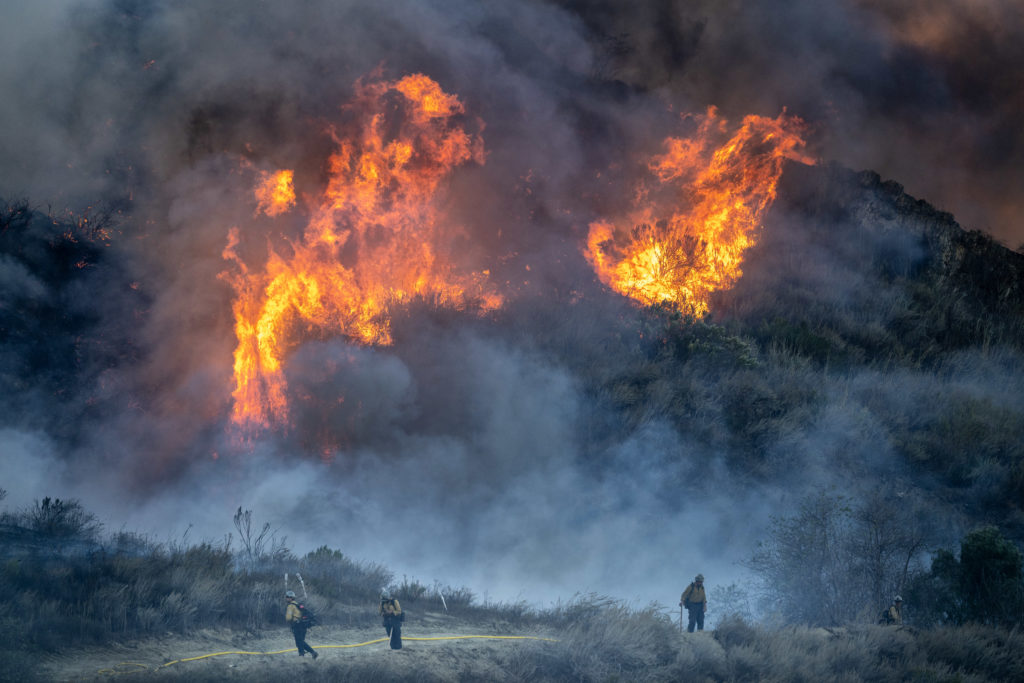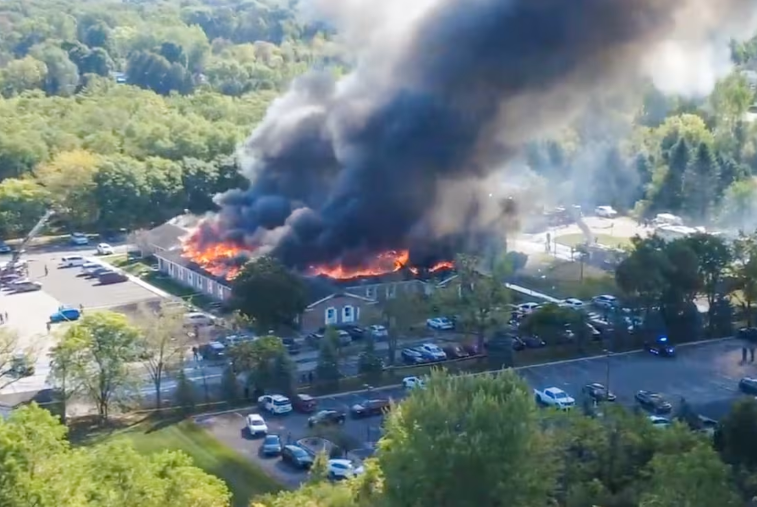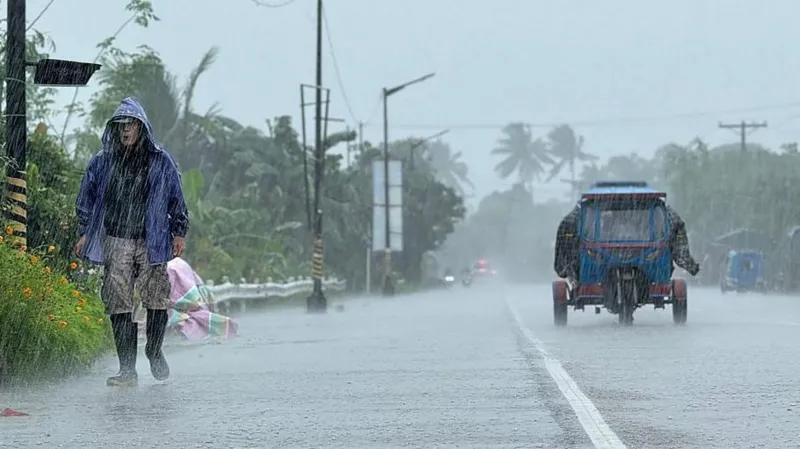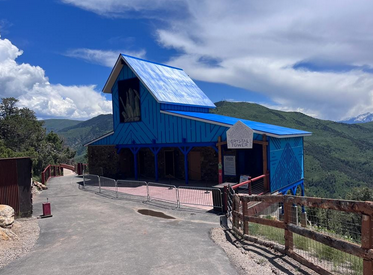On November 8th, thousands of acres of land were burned in a swoop of wildfires, resulting in over 14,000 evacuation notices in the area. The fire began early on Wednesday morning and spread through more than 20,630 acres of land. According to an article written by Rachel Dobkin with Newsweek, “California has mobilized state resources, including personnel, engines and aircraft from CAL FIRE and Cal OES [California Governor’s Office of Emergency Services], to protect communities as our fire and emergency response teams work around the clock to combat this fire.” (Dobkin, Nov. 11)
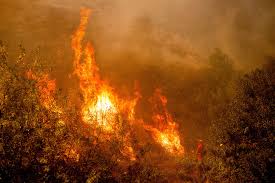
The fire is currently 48% contained, with the cause still being under investigation. Roads are closed and there is a state of emergency order in effect from Governor Newsom. So far, 86 structures have been damaged, 192 structures having been destroyed, and 6 civilian/fire personnel injuries confirmed. The winds are stoking the fires, making the containment efforts much more difficult and dangerous.
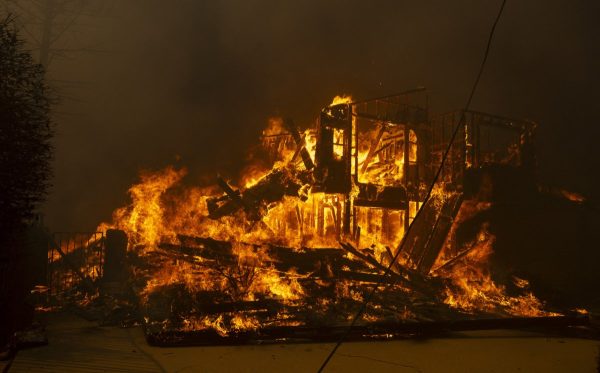
According to an article written by Christopher Weber and Noah Berger with AP News, “Santa Anas are dry, warm and gusty northeast winds that blow from the interior of Southern California toward the coast and offshore, moving in the opposite direction of the normal onshore flow that carries moist air from the Pacific. They typically occur during the fall months and continue through winter and into early spring. Ariel Cohen, the National Weather Service’s meteorologist in charge in Oxnard, said Santa Ana winds were subsiding in the lower elevations but remained gusty across the higher elevations Thursday evening.” (Weber and Berger, Nov. 8th)
Though the winds are slowing down, there is still a large damage threat to infrastructure that could leave the area vulnerable for some time. Firefighters have gained the upper hand on the flames.


